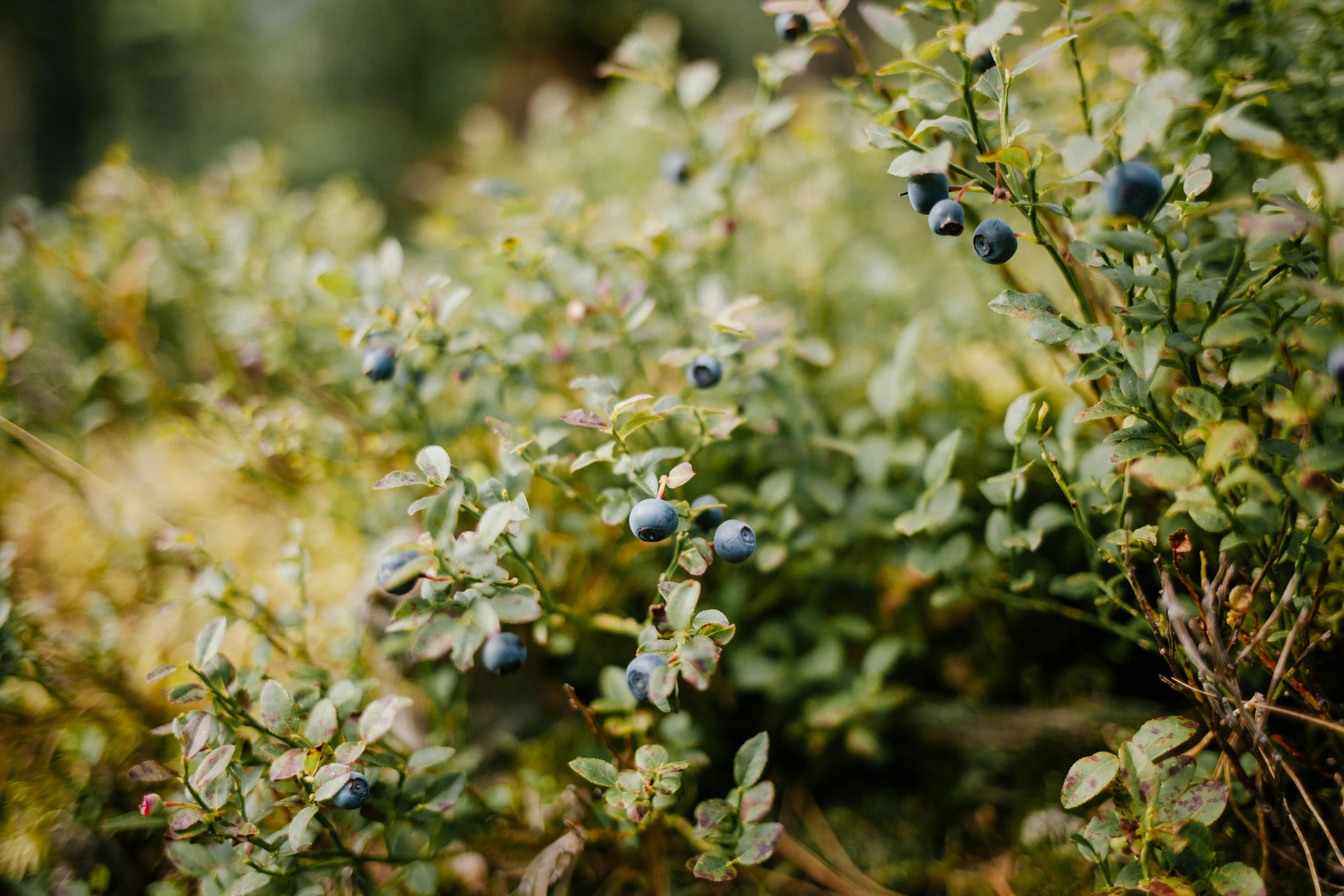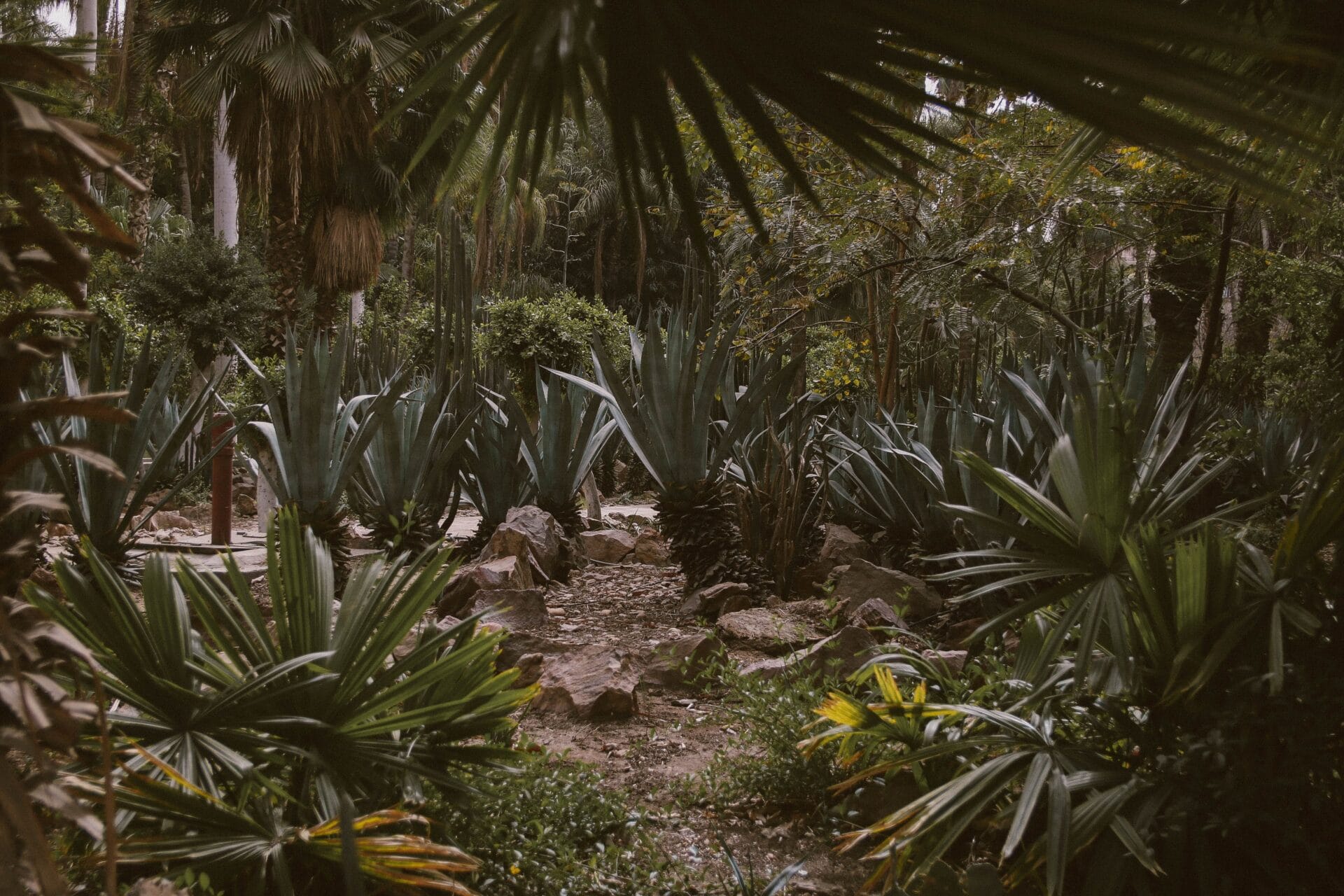Blueberry plants are a great addition to any garden and can provide an abundance of delicious fruit. However, they require a large amount of water in order to thrive. This begs the question: how much water does a blueberry plant need per day? In this article, we’ll discuss the amount of water needed for optimal blueberry plant health and growth.A blueberry plant typically needs about 1 to 2 inches of water per week, though this amount can vary depending on the climate and soil type. To properly water the plant, it is best to thoroughly soak the soil around the base of the plant until water begins to pool on the surface. The plant should then be allowed to dry out until it is time for its next watering.
Water Requirements for Blueberry Plants
Blueberry plants require a lot of water in order to thrive. It is important to water the plants regularly and provide sufficient moisture in the soil. When watering blueberry plants, it is important to water deeply in order to reach the roots and promote healthy growth. The soil should be kept evenly moist, but not overly wet. During dry periods, more frequent watering may be necessary. In addition, mulching can help retain soil moisture and reduce the need for frequent irrigation. Irrigation should be done early in the morning or late in the evening when temperatures are cooler, as this will help reduce evaporative losses from the soil surface. Watering during hot times of day may also cause leaf scorch due to increased evaporation from foliage. Overall, watering your blueberry plants regularly is essential for optimal health and growth.
It is important to monitor soil moisture levels to ensure that your blueberry plants are receiving enough water. You can check by digging down a few inches into the soil near the plant’s root zone; if it feels dry then it’s time to irrigate again. Additionally, if you see wilting or yellowing of leaves on your blueberry plants that could indicate that they need more water. When you do water your blueberry plants, aim for slow and steady irrigation with a soaker hose or drip system that will allow you to apply a good amount of water without over saturating the soil around them.
Blueberry Plant Watering Tips
Watering your blueberry plants is important for their health and growth. Properly watering your plants will help them produce a larger harvest each season. Here are some tips for watering your blueberry plants:
• Water your blueberry plants at the base of the plant, not from overhead. This will help reduce the chance of disease and pests on your plants.
• Make sure to water your blueberry plants regularly and thoroughly. Avoid letting the soil dry out between waterings, as this can cause the fruits to become small and misshapen.
• Choose a method of irrigation that works best for you, such as hand-watering or using an automated irrigation system. Be sure to adjust the amount of water based on weather conditions and soil type.
• If you live in an area with high temperatures or humidity, consider giving your blueberry plants extra water during hot weather to prevent dehydration and wilting leaves.
• Try to avoid getting the leaves of your blueberry plants wet when watering them, as this can lead to fungal diseases or pest infestations. Instead, focus on evenly moistening the soil around the roots.
By following these simple tips, you can ensure that your blueberry plants get all the water they need to produce a healthy crop each year!
Amount of Water Needed for Blueberry Plants
Blueberry plants require regular watering for optimal growth and production. The amount of water needed depends on the plant’s stage of growth, soil type, climate, and weather conditions. For mature blueberry plants, it is recommended to water them deeply about once a week during the summer months. If rainfall is low or the temperatures are especially high, it is beneficial to water more frequently. Young blueberry plants should be watered every three days or so until they become established.
The amount of water needed can vary depending on soil type and climate. Sandy soils drain quickly and require more frequent watering compared to clay soils which tend to hold moisture better. In hot climates, more frequent irrigation is needed due to increased evaporation from the soil surface. In cooler climates, less frequent watering may be necessary as the soil does not dry out as quickly.
When watering blueberry plants, it is important to make sure that the roots are getting enough moisture without becoming waterlogged. A thorough soaking should be given once a week in order to reach deep into the root zone and provide even moisture throughout the entire plant area. If possible, it is best to avoid overhead irrigation as this can encourage disease in blueberry plants by creating wet foliage and increasing humidity levels around the plant.
Overall, blueberry plants need regular watering in order for them to reach their full potential in terms of growth and production. The amount of water needed will vary depending on factors such as climate and soil type but a deep soak once a week should help ensure that blueberries get enough moisture without becoming waterlogged.
Frequency of Watering for Blueberry Plants
Blueberry plants require consistent and proper watering to ensure healthy growth and abundant fruit production. Without adequate water, blueberry plants will suffer from wilting, dryness, and stress that can lead to reduced yields. It is important to understand how often to water blueberry plants in order to keep them healthy.
The frequency of watering blueberry plants depends on several factors including the soil type, temperature, wind conditions, and rainfall. Generally, it is recommended to water blueberries at least once every week during the growing season. However, during periods of extreme heat or drought, more frequent watering may be needed in order to keep the soil moist and prevent wilting.
In addition to regular watering, mulching around the base of the plant can help retain moisture in the soil and reduce evaporation. A thick layer of organic mulch such as wood chips or bark will help slow down water evaporation from the soil surface and provide additional nutrients for your blueberries.
Overall, proper watering is essential for a healthy harvest of juicy blueberries. Knowing when and how often to water your blueberry plants will help ensure that they get enough water throughout the growing season without becoming over-watered or stressed. With regular care and maintenance, you can enjoy a bountiful harvest of delicious blueberries!

Signs of Underwatering a Blueberry Plant
Underwatering a blueberry plant can be disastrous for the health of the plant. Some of the visible signs that your blueberry plant is not getting enough water are wilting leaves, dry soil, yellowing of leaves, slow growth, and stunted or stopped flowering.
Wilting leaves are one of the first signs that you will see when your blueberry plants are not getting enough water. The leaves will become limp and droopy as they lose moisture. This is usually accompanied by dry soil. The soil should be moist to the touch but not overly wet. If the soil is dry and crumbly, then it is likely that your blueberry plant needs more water.
Yellowing of leaves can also be an indication that your blueberry plant is not getting enough water. The yellowing will usually start on the lower leaves and move up as it progresses. This means that it is an issue with too little water rather than too much since yellowing due to overwatering would start on the uppermost leaves first.
Slow growth and stunted or stopped flowering are other signs that your blueberry plant may not be getting enough water. When plants do not get adequate moisture, they simply cannot grow as quickly as they should be able to due to lack of nutrients in the soil. This can lead to slower growth as well as fewer flowers or no flowers at all.
By being aware of these signs, you can ensure that your blueberry plants get enough water to stay healthy and happy!
Signs of Overwatering a Blueberry Plant
One of the most common problems with blueberry plants is overwatering. Too much water can lead to root rot and other problems, so it is important to be aware of the signs of overwatering in order to take action as soon as possible. The following are some of the signs that your blueberry plant may be getting too much water:
1. Wilting leaves – Wilting leaves are one of the most obvious signs that your blueberry plant is receiving too much water. Wilting can be caused by a variety of issues, but if you notice it happening often, it may be due to overwatering.
2. Yellow leaves – If you notice yellow leaves on your blueberry plant, then this is another sign that it is getting too much water. Yellow leaves can also signify nutrient deficiency or disease, but if you have been careful with watering then this is likely not the case.
3. Fungal growth – Fungal growth on the soil or around the base of your blueberry plant can indicate that it is receiving too much water. If you see any type of fungus growing, then this should be addressed immediately in order to avoid further damage to your plant.
4. Root rot – Root rot is a serious problem and can occur when plants are overwatered for extended periods of time. If you notice any discoloration around the roots or soft spots on them, then this could be a sign that root rot has set in and will need to be addressed quickly in order to save your plant.
By being aware of these signs and taking action when necessary, you can help ensure that your blueberry plants thrive and produce an abundance of delicious berries for years to come!
Soil Types and Water Requirements for Blueberry Plants
Blueberry plants require acidic soil with a pH level between 4.0 and 5.5 to thrive. Well-draining soil that is high in organic matter is best. A soil test should be conducted to determine the ideal pH level for blueberries; adjustments can be made by adding sulfur or an acidic fertilizer to the soil, if necessary. Blueberry plants should also be mulched with an acid organic material such as pine needles or bark to help maintain the ideal pH level in the soil.
When it comes to water requirements, blueberry plants need regular and consistent watering throughout the growing season for optimal fruit production. Soil should be kept moist but not soggy; one inch of water per week is generally sufficient during the growing season, unless there is a prolonged period of dry weather. To reduce water loss from evaporation, blueberry plants should ideally have a layer of mulch spread around them which will help retain moisture in the soil.

Conclusion
Blueberry plants need approximately 1-2 inches of water per day during the growing season. The amount of water needed will vary depending on the soil type, air temperature, and the amount of sunlight the plant receives. In addition to regular watering, a thick layer of mulch will help retain moisture and keep weeds from competing with the blueberry plants for water. With proper watering and care, a blueberry plant can flourish and produce delicious berries for many years.
Overall, it is important to monitor soil moisture levels when deciding how much water to give your blueberry plants. Too little or too much water can cause damage to your plants and lead to decreased yields or even death. To ensure healthy growth and high yields, it is best to give your blueberry plants 1-2 inches of water per day during the growing season.



